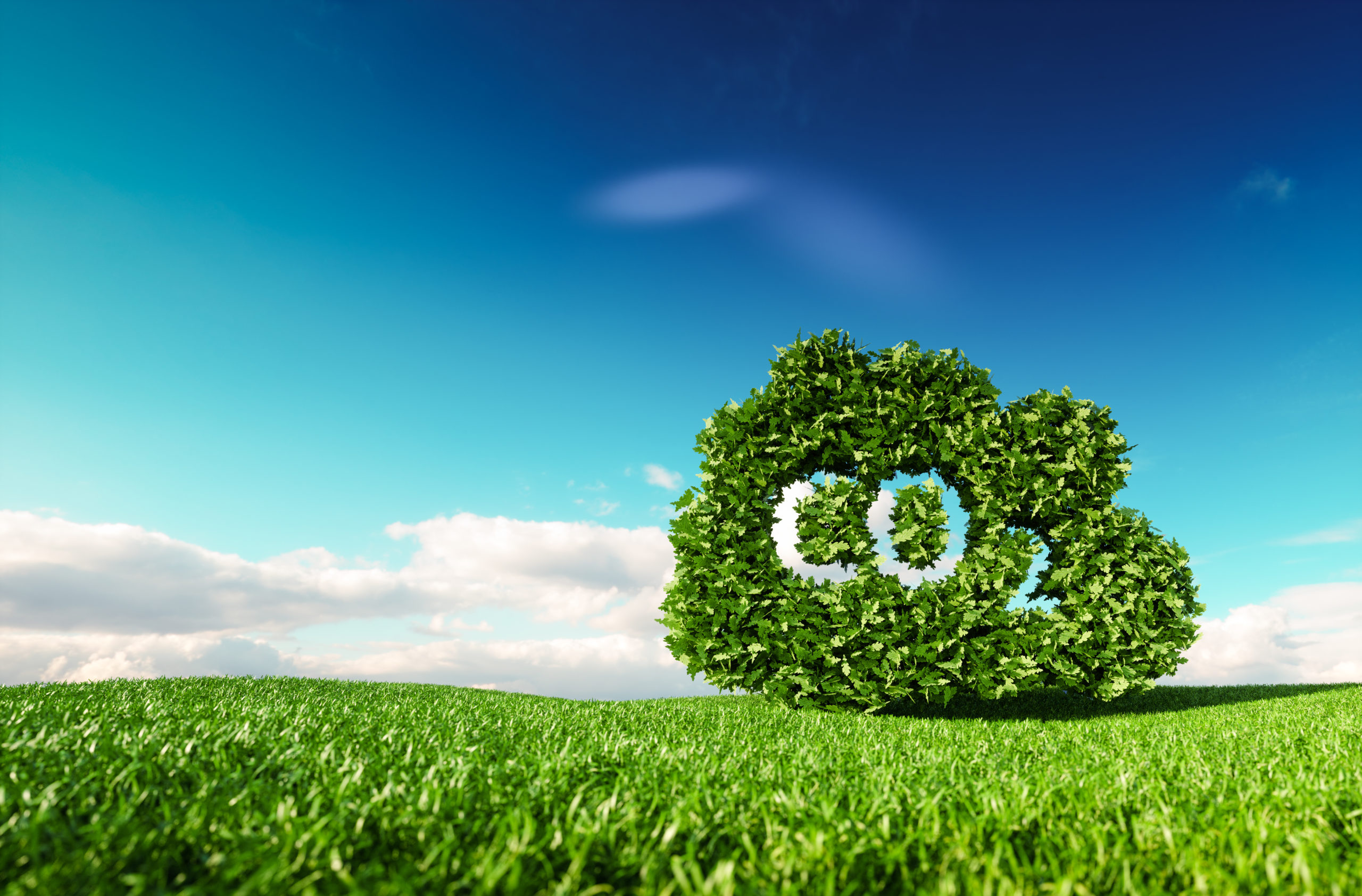Despite its abundance—second only to oxygen in Earth’s crust—Silicon is still overlooked in many crop nutrition programs. It’s not yet classified as an “essential” nutrient for most plants, but this perspective needs to change or at least shift, given its extensive list of benefits for plants as one of Earth’s core elements.
Soil often contains a significant amount of silicon, but it’s primarily bound in insoluble forms, such as silica and silicates. Therefore, soil tests typically reveal a shortage of plant-available silicon. Plants can only absorb it as monosilicic acid (H₄SiO₄). Nature delivers silicon for plant uptake via rhizosphere biological weathering processes, including microbial solubilization, but the process is very gradual and lengthy.
Silicon can increase photosynthesis by improving leaf strength and angle, enhancing water use efficiency, reducing oxidative stress, and delaying leaf senescence. The production of more sugar through photosynthesis means more root zone activity, resulting in greater mineral uptake. When plants metabolize more efficiently, the result is greater crop uniformity and size.
Silicon can help mitigate the negative effects of high salinity in soils by improving plant tolerance to salt stress, enhancing nutrient uptake, and reducing the uptake of toxic ions like sodium.
Silicon is also now recognized as a major immune elicitor. Elicitors are molecules that act as signals, triggering plant defense mechanisms and enhancing their resistance to pathogens and pests. Silicon can also help mitigate the negative effects of excessive nitrogen nutrition.
Silicon delivers a host of benefits:
- Improved Plant Structure: Silicon helps strengthen plant cell walls, making them more resilient to physical stress, such as wind, rain, and handling.
- Superior Yield and Quality: Silicon directly stimulates crops to produce higher yields and better-quality crops.
- Improved Nutrient Uptake: Silicon can enhance the uptake of essential nutrients, such as nitrogen, potassium, and phosphorus, by strengthening root systems.
- Balanced Soil Health: Silicon contributes to improved soil structure, enabling better aeration and water retention.
- Increased Photosynthesis: Silicon-treated plants often exhibit improved chlorophyll content, leading to enhanced photosynthesis and growth.
- Reduced Abiotic Stress: It helps plants cope with environmental stresses like salinity, extreme temperatures, and heavy metal toxicity.
- Increased Resistance to Pests: Silicon can help plants develop a natural defense mechanism, thereby reducing damage from pests such as aphids, mites, hoppers, and borers.
- Enhanced Disease Resistance: It improves resistance against fungal pathogens such as powdery mildew and root rot.
- Improved Drought Tolerance: Silicon enhances the plant’s ability to retain water and tolerate drought conditions by reducing water loss through transpiration.
- Improved Post-Harvest Longevity: Crops with enhanced silicon content tend to have longer shelf lives due to improved structural integrity.
Andaman Ag sells a Silicon product called Quick-Sol that delivers the highest concentration of soluble silicon of any commercially available product. Put another way, there’s nothing like it.




